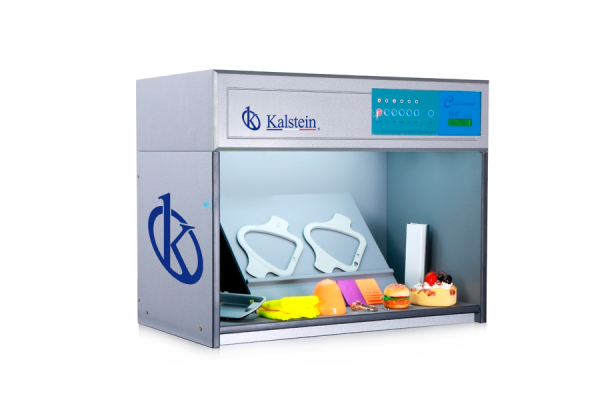Objective color assessment is an important issue for medical laboratories. The color of laboratory test results affects the accuracy and meaning of the results. Medical laboratories have found a useful tool in the Color Assessment Box (CEC). This box helps decrease the impact of human factor by assessing color in laboratory test results.
The CEC is based on Munsell’s Theory, a system of colored chromatics created by Albert Munsell at the beginning of the 20th century. This theory allows to classify the colors in a human perception system that contains the primary, secondary and tertiary colors. The CEC includes a table with a wide range of Munsell colors in the form of small color cards. These cards, in addition to having the primary, secondary and tertiary colors, also have a variety of mixtures of the three colors to obtain different tones.
Equipment manufacturers have made an effort to design equipment that allows the determination of the color of an object in an accurate and precise way. Thanks to these efforts, there is a great offer of these equipment on the market, with a variety of functions, at competitive prices and purchase options that can be arranged even online with the manufacturer itself.
What does the color evaluation box offer to medical laboratories?
The CEC provides the user with an objective assessment of the colors in the results of laboratory tests. Unlike subjective evaluation of colors in laboratory test results, CEC allows laboratories to evaluate color on an objective scale and compare results with a standardized set of colors.
CEC provides laboratories with a more accurate way to evaluate colors in laboratory test results. Colors that are evaluated with ECOC are compared with colors in the ECOC table to determine the exact color of an analysis result. This comparison ensures that all test results are evaluated according to the same standardized pattern. This means that the results are accurate and free of human influence.
In addition, the CEC provides laboratories with a way to control the consistency of the results of analyzes. Using the same color table for all analysis results means that results are evaluated uniformly. This gives laboratories great accuracy and reliability in the results of their analyzes.
What are the benefits of ECCs in medical laboratories?
CEC has also been used to help laboratories develop standard quality control procedures to ensure the accuracy and reliability of all their analyzes. By allowing laboratories to objectively evaluate colors in analysis results, laboratories can stabilize the laboratory analysis process for consistent results. This means that the results of the analyzes will be accurate and reliable.
In short, medical laboratories can benefit greatly from the Color Assessment Box. This box allows laboratories to objectively and standardized color-evaluate test results, and gives laboratories the ability to control the consistency of test results. The use of CEC can help laboratories ensure the accuracy and reliability of all their laboratory results.
Objective color measurement with Kalstein color evaluation box
The reality is that color is an interpretation of the brain by radiation of particular wavelengths. Therefore, although subjective, the Kalstein color assessment box provides an objective and accurate means of establishing the color of an object, decreasing human bias. Such equipment provides a controlled and variable light source, with low energy consumption and traceable operation of the lights used in the study. All available models, we have them on our websites HERE and HERE.

